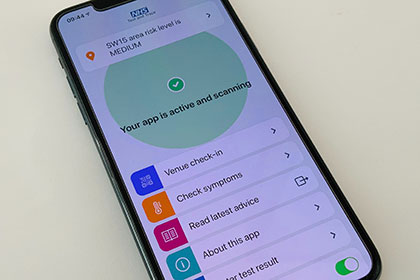While a National Test and Trace system clearly had to be set up and staffed at incredible speed, it must now “wean itself off its persistent reliance on consultants say MP’s who add that there is still no clear evidence of its overall effectiveness.
The Parliamentary Public Accounts Committee adds that it’s not clear whether its contribution to reducing infection levels – as opposed to the other measures introduced to tackle the pandemic – can justify its “unimaginable” costs.
The scale of NHST&T’s activities is striking, particularly given its short life.
Between May 2020 and January 2021, daily UK testing capacity for COVID-19 increased from around 100,000 to over 800,000 tests. NHST&T had also contacted over 2.5 million people testing positive for COVID-19 in England and advised more than 4.5 million of their associated contacts to self-isolate.
But the percentage of total laboratory testing capacity used in November and December 2020 remained under 65%, and even with the spare capacity, the system has never met the target to turn around all tests in face-to-face settings in 24 hours. Low utilisation rates – well below the target of 50% – persisted into October last year.
A major focus for NHST&T in early 2021 was the mass roll-out of rapid testing in different community settings, but there have been particular setbacks for the roll-out to schools, after NHST&T had significantly underestimated the increase in demand for testing when schools and universities returned last September.
Meg Hillier MP, Chair of the Public Accounts Committee, said:
“The £23 billion test and trace has cost us so far is about the annual budget of the Department for Transport. Test and Trace still continues to pay for consultants at £1000 a day.
Yet despite the unimaginable resources thrown at this project Test and Trace cannot point to a measurable difference to the progress of the pandemic, and the promise on which this huge expense was justified – avoiding another lockdown – has been broken, twice.
DHSC and NHST&T must rapidly turn around these fortunes and begin to demonstrate the worth and value of this staggering investment of taxpayers’ money. Not only is it essential it delivers an effective system as pupils return to school and more people return to their workplace, but for the £billions spent we need to see a top class legacy system. British taxpayers cannot be treated by Government like an ATM machine. We need to see a clear plan and costs better controlled.”







